Industry information
Company News
- Application and advantages of aluminum veneer in the field of transportation
- Aluminum veneer: the fashion darling in modern architecture
- Ceiling aluminum veneer, the perfect combination of fashion and texture!
- Aluminum veneer ceiling: the new darling of modern home furnishings
- Aluminum veneer: the perfect integration of architectural aesthetics and environmental protection
Industry dynamics
- Ceiling aluminum veneer: an elegant choice for modern homes, your home can also be so fashionable!
- Aluminum veneer ceiling: the new darling of creating fashionable spaces
- Aluminum veneer: not just a material, but also a declaration of fashion
- Can't you think of it? Punched aluminum veneer can be used like this!
- Material selection and construction guidance for customized aluminum veneer
Frequently asked questions
- How to store and transport aluminum veneer correctly?
- How to improve the sound insulation performance of aluminum veneer?
- How to choose to purchase high-quality aluminum veneer?
- How to improve the wind resistance performance of aluminum veneer?
- What is aluminum veneer?
contact us
Mobile:+86 15627778610
Email: 2201229786
Address: No. 5 Binjiang Road, High tech Zone, Zhaoqing City, Guangdong Province
Aluminum veneer: the "invisible master" of modern architecture
- Author: Lesilong Technology (Guangdong) Co., Ltd
- Release time: 2022-03-16 08:42:25
- Click:0
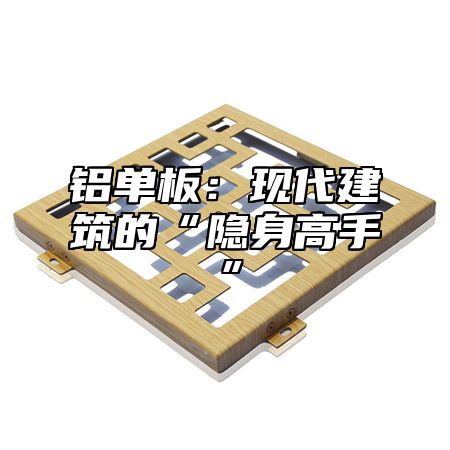
speak ofAluminum veneerThis is a small secret weapon in modern architecture! You may often pass by those glamorous buildings without realizing that the "fig leaf" behind them is actually aluminum veneer. This thing may seem ordinary, but it actually has a big origin.
Firstly, let's talk about the history of aluminum veneer. Actually, this thing has been around for a long time, but it really became popular in modern times. Think about it, nowadays buildings are paying more and more attention to environmental protection and energy conservation, and aluminum veneer perfectly meets these needs. It is lightweight, durable, and does not pollute the environment, making it a perfect building material.
Let's first talk about the advantages of aluminum veneer. It is lightweight and easy to transport and install. Have you ever seen those towering buildings? Their walls are not built with bricks, but with aluminum veneer. The lightweight aluminum panels make these buildings stand higher and more stable.
The appearance of aluminum veneer is diverse. It can be a solid color or a pattern rich one. Designers can make the appearance of buildings more unique based on their own creativity. Believe it or not, the smooth lines and colorful modern buildings are largely due to the contribution of aluminum veneer.
Let's talk about the environmental performance of aluminum veneer. This thing can be recycled and will not cause environmental pollution. The coating on the surface of aluminum veneer can reflect sunlight, reduce indoor temperature, and thus reduce the energy consumption of building air conditioning. Environmental protection and energy efficiency, do you think it is the "green guardian" of modern architecture?
However, when it comes to aluminum veneer, I also have to mention its drawbacks. For example, its weather resistance may not be as good as other building materials. Although there is a protective film on the surface of aluminum veneer, it can still be damaged if exposed to harsh environments for a long time. This requires us to do a good job of maintenance when using aluminum veneer.
I remember once I went to visit a construction site. The workers are busy installing aluminum veneers. I leaned over and took a look, and wow, those aluminum veneers were like exquisite wallpapers, pasted on the wall, instantly enhancing the beauty of the entire building.
The process of installing aluminum veneer is also very interesting. The workers first use a ruler and pen to draw the installation position of the aluminum veneer on the wall, and then start cutting the aluminum veneer. When cutting, the aluminum veneer will make a "click click" sound, like a piano key being lightly tapped. After the cutting is completed, the workers will start installing. They fixed the aluminum veneer to the wall with screws and then coated it with a protective film. The whole process was well-organized, which makes people marvel at the advanced modern building technology.
The application of aluminum veneer is not only in the field of construction. Do you know that it can also be used in industries such as ships, automobiles, and airplanes. These industries have high requirements for materials, and aluminum veneer can precisely meet these requirements. Lightweight, durable, and aesthetically pleasing are major advantages of aluminum veneer.
Returning to the application of aluminum veneer in the construction field, it also has a great advantage, which is that it can be customized. Whether it's color, pattern, or size, they can be customized according to customer requirements. In this way, each building can have its own unique style.
However, I have to say that although aluminum veneer has so many advantages, not all buildings are suitable for using aluminum veneer. For example, some ancient buildings with a long history and cultural value are best not to use aluminum veneer. Because this will destroy the original appearance of the buildings and make them lose their sense of historical weight.
Aluminum veneer is an indispensable part of modern architecture. It not only makes the building more beautiful, but also enhances its environmental performance. Perhaps in the near future, aluminum veneer will become the mainstream material in the construction industry, leading the development of the construction industry.
Speaking of which, I can't help but think of the famous Chinese architect I.M. Pei. He devoted his life to architectural design and created many classic works. In his works, the use of aluminum veneer can be described as impeccable. I.M. Pei once said, "Architecture is the art of time." Perhaps aluminum veneer is the magician who made time flow, bringing modern architecture into a new era.

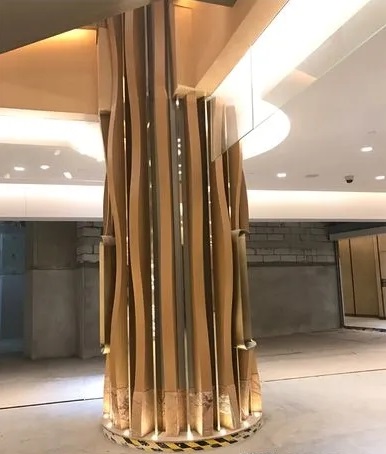
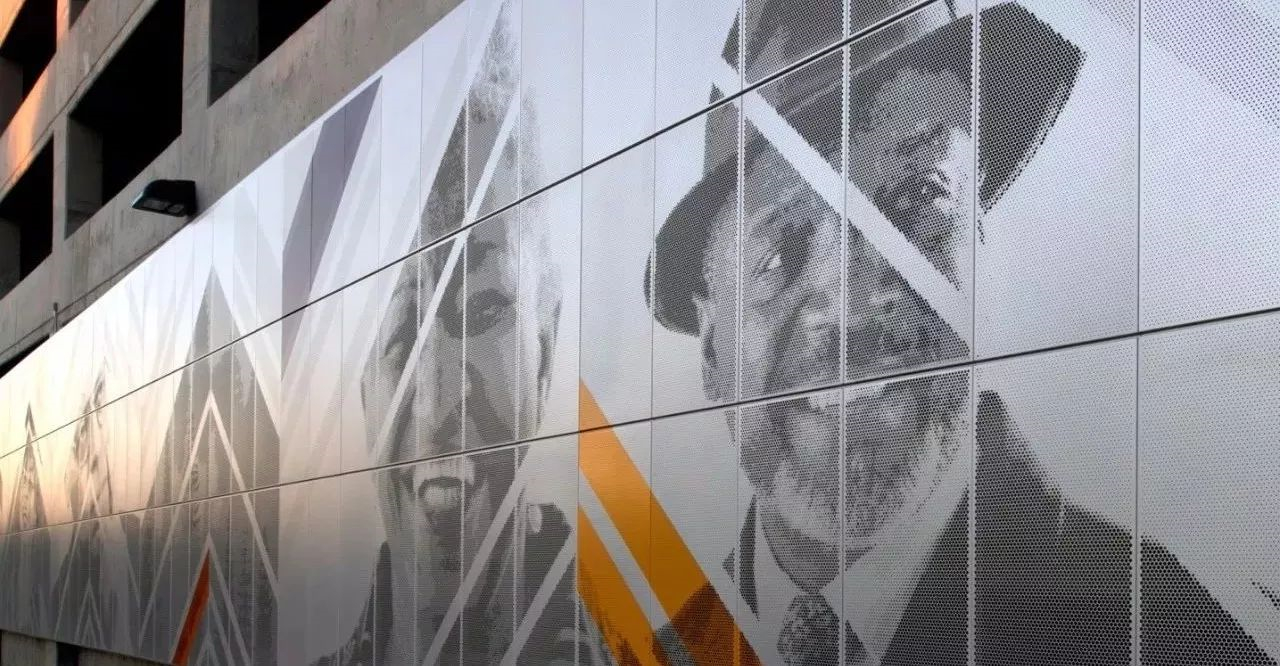
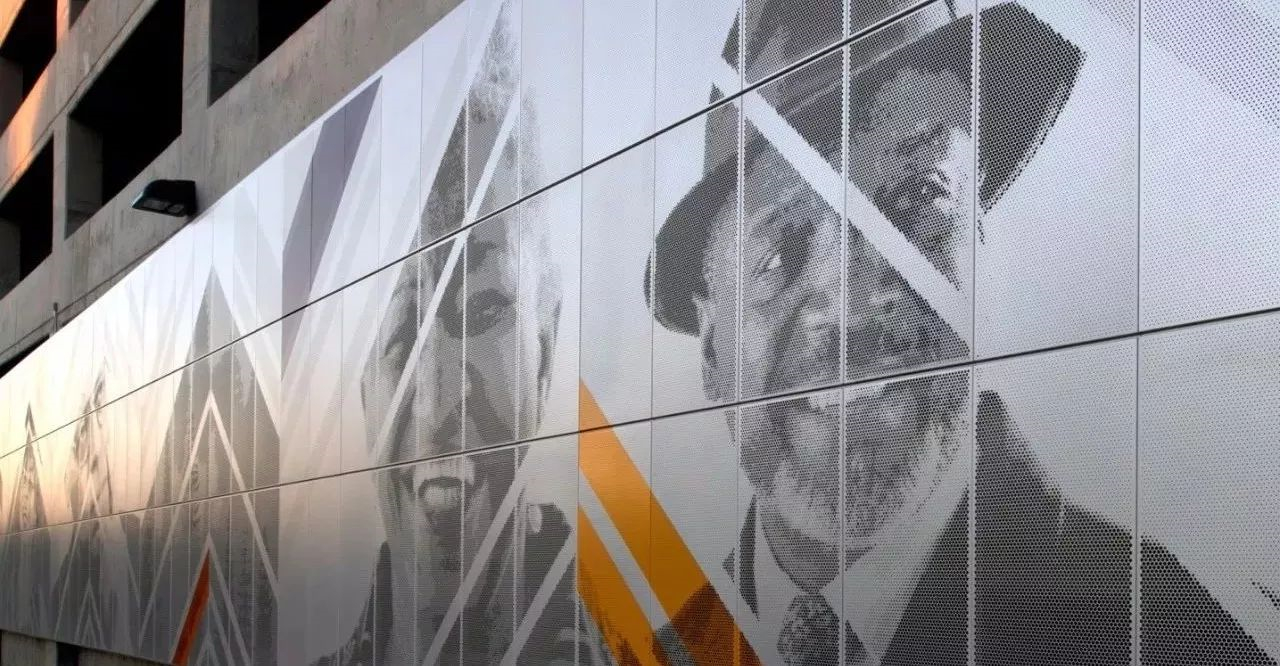
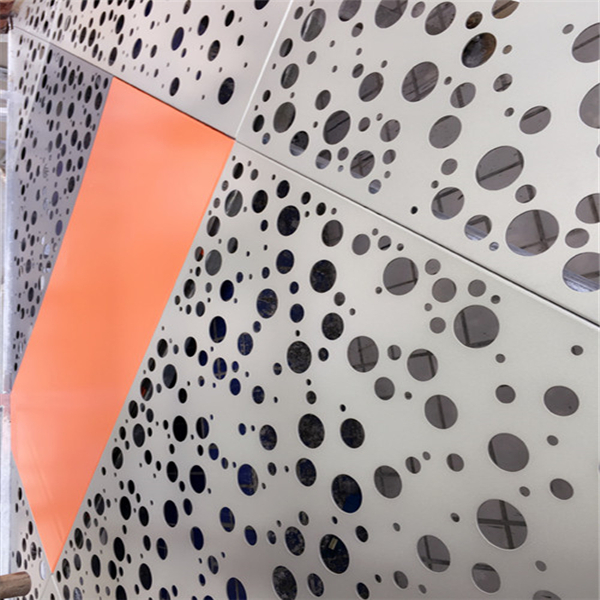
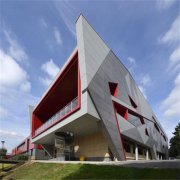
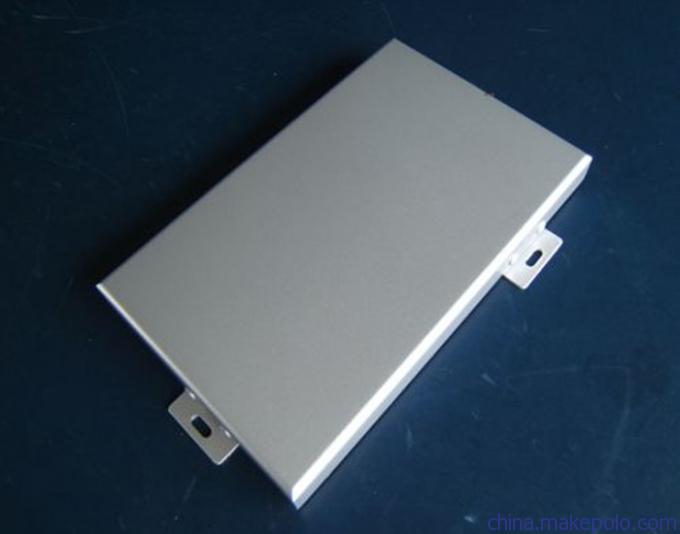
 Customer service QQ
Customer service QQ